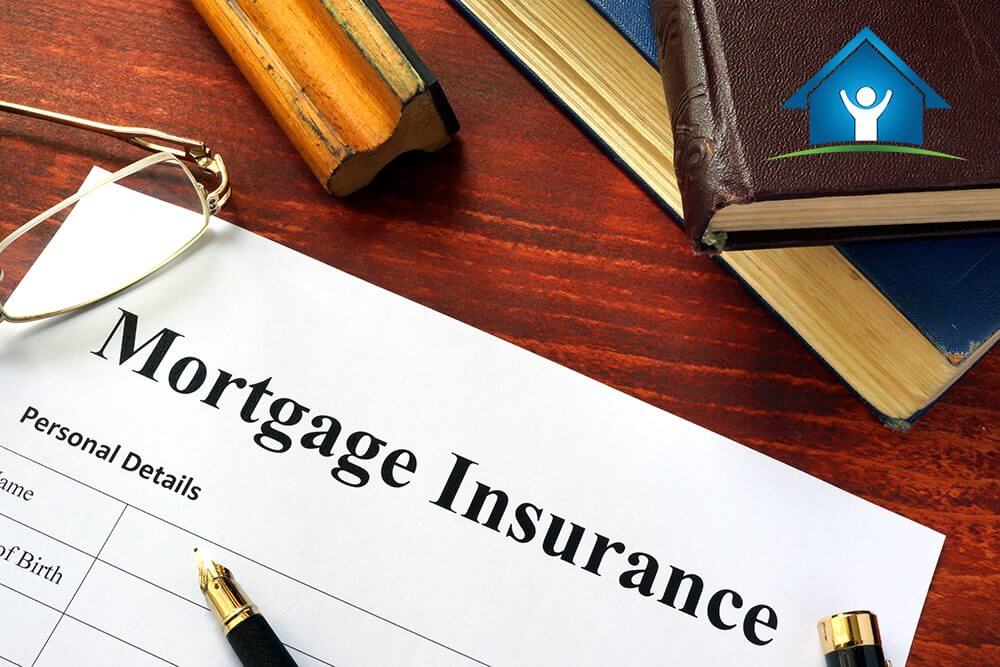Why Insurance is Required on a Reverse Mortgage
Mike Branson Jr. – Author
Mike Branson Jr. has 25 years of experience in the mortgage banking industry. He has devoted the past 19 years to reverse mortgages exclusively. Mike has worked in several aspects of the Mortgage industry, including Loan Origination, Underwriting, and Management.Reverse Mortgages allow homeowners age 62 and older to convert a portion of their home equity into tax-free loan proceeds, which can be used to meet a variety of spending needs. Unlike a forward mortgage, HECM borrowers are not required to make monthly payments toward the loan balance. Instead, the loan balance grows over time as borrowers tap into their home equity.
If the borrower adheres to the loan terms, HECM borrowers do not have to repay the loan balance until they leave the home.
HECMs are the most common reverse mortgages available in the market today. These products are regulated by the Department of Housing and Urban Development and are insured by the Federal Housing Administration (FHA). This government backing and oversight ensures that certain protections are afforded to HECM borrowers during the life of their loan.
Objections to Reverse Mortgage High Fees. Compared to alternatives.
If you have read about home equity conversion mortgages (HECMs) and those who object to them?often citing high fees and risks to tapping home equity. Like other financial products, reverse mortgages come with certain borrowing costs.
But, by understanding how these costs break down, you may discover that a HECM could be a less expensive way to make the most of your retirement than the alternatives.
Here is the most common reverse mortgage objection:
“The mortgage insurance premium is too expensive.”
Under the HECM reverse mortgage program, borrowers are charged a mortgage insurance premium (MIP) at loan closing. This is a fee paid by the reverse mortgage borrower to the FHA that provides safeguards for both the borrower and your reverse mortgage lender.
From a borrower’s perspective, the MIP ensures the borrower will continue to receive their HECM loan proceeds if the lender or loan servicer can no longer meet their obligations. In this event, FHA assumes responsibility of the loan and provides the borrower access to their remaining loan proceeds. Paid at loan closing, the MIP is based on the amount of funds withdrawn during the first year of the HECM.
Borrowers who do not withdraw more than 60% of the available funds in the first year will be subject to an upfront MIP charge of 0.5% of the appraised value of the home. On the other hand, if a borrower takes more than 60% of the available funds during the first year, the charged upfront MIP is 2.5%.
Aside from the upfront MIP, HECM borrowers are also charged an MIP on an annual basis equal to 1.25% of the outstanding loan balance. Unlike the upfront MIP, which can be financed using the available loan proceeds, the annual MIP accrues over time and is paid when the loan becomes due and payable.
So while this may seem like a lot of fees and ongoing costs associated with HECMs, the government-insured HECM product may actually be less costly than if you were to opt for a private HECM. Plus, the fees ensure protections and that you will always receive your loan payment on time as agreed upon under the terms of the loans.
Jumbo Proprietary- vs. Government-backed HECM
Whereas a HECM is a reverse mortgage that is insured by the government via the FHA, a jumbo reverse mortgage is backed by the lender providing the loan. With a proprietary reverse mortgage, however, borrowers do not receive the protection provided by the MIP as they do with a HECM. A private reverse mortgage also comes with a higher interest rate than a HECM.
Private reverse mortgages offer an alternative to traditional FHA-insured HECMs, but they may run higher in costs without providing critical protections to borrowers. When shopping for a reverse mortgage, there is no one-size-fits-all solution. Depending on your situation, either a HECM or a private reverse mortgage could be the right option for you.
Summary
To learn more about how a HECM loan might be right for you, contact one of our Top Reverse Mortgage Lenders or check your eligibility with our free reverse mortgage calculator
|
No Comments on “Why Insurance is Required on a Reverse Mortgage”
|


